
In agriculture, timing is everything. A sudden pest outbreak, a fleeting window of calm weather, or an unexpected rainstorm can make or break a harvest 🌾. Yet traditional spraying methods—tractors, planes, or basic drones—are often grounded by the very weather they aim to combat. Rain cancels missions, strong winds skew spray patterns, and extreme heat or cold cripples equipment ⚠️. Enter all-weather crop spraying drones: rugged, intelligent UAVs engineered to defy the elements, delivering consistent performance rain or shine. These aren’t just tools—they’re reliable partners that keep farms productive, no matter what the sky throws their way. ☀️🌧️⚡
The Weather Gamble: Why Traditional Spraying Fails
For decades, farmers have played a risky game with weather:
-
Rain Delays: Wet fields or falling rain halt tractor spraying for days, leaving crops exposed to pests 🌧️❌.
-
Wind Woes: Gusts over 15 mph (24 km/h) cause spray drift, wasting chemicals and harming neighboring crops 💨❌.
-
Temperature Extremes: Cold slows battery performance; heat warps plastic parts—both lead to mid-mission failures 🌡️❌.
These disruptions aren’t just inconvenient—they cost money. A single delayed spraying job can lead to 10–30% yield loss, wiping out seasonal profits. All-weather drones eliminate this gamble.
Built to Beat the Elements: Key Technologies
What makes these UAVs “all-weather”? Every component is optimized for resilience:
1. Weatherproof Airframe & Sealed Electronics 🛡️💦
Constructed with corrosion-resistant aluminum and IP67-rated enclosures, the drone’s core electronics are dustproof, waterproof, and shock-resistant. Even in heavy rain (up to 1 inch/hour) or muddy fields, internal components stay dry—no short circuits, no downtime.
2. Smart Meteorological Adaptation 🌡️📡
Integrated weather sensors (anemometers, hygrometers, thermometers) monitor conditions in real time. If winds pick up beyond safe limits, the drone automatically adjusts flight speed or pauses until gusts subside. For light rain, it switches to larger spray droplets to prevent washout.
3. Wide-Temperature Battery & Motor Systems ❄️🔥
High-performance lithium-ion batteries with thermal regulation work from -20°C to 50°C (-4°F to 122°F). Brushless motors with reinforced windings maintain thrust in cold snaps, while cooling fins prevent overheating in summer heat.
4. Obstacle Avoidance in Low Visibility 👀🌫️
Fog, drizzle, or dust storms? Advanced LiDAR and infrared sensors cut through poor visibility, detecting trees, power lines, or farm buildings to avoid collisions—even when pilots can barely see 50 feet ahead.
Real-World Scenarios: Working When Others Can’t
All-weather drones shine in the moments weather threatens to derail operations:
🌧️ Monsoon Season in Rice Paddies
In Vietnam’s Mekong Delta, farmers face 4-month rainy seasons. Traditional sprayers sit idle for weeks, but all-weather drones operate in light rain, targeting rice blast fungus before it spreads. One farmer reported saving 60% of his crop by spraying during a 2-hour rain break 🌾✅.
💨 Windy Plains in the American Midwest
On the Kansas plains, 20 mph winds are common. A basic drone would drift spray onto a neighbor’s field, but an all-weather model adjusts its altitude and speed to counteract gusts, maintaining 95% accuracy—even at 18 mph 🌽✅.
❄️ Mountain Orchards in the Swiss Alps
Apple growers in the Alps battle frost (down to -15°C) and sudden snow. All-weather drones with heated batteries and insulated tanks spray frost protection agents at dawn, saving blossoms from late frosts 🍎✅.
Benefits Beyond Reliability: Consistency Drives Profit
By working in all conditions, these drones deliver measurable value:
✅ Eliminate Weather-Related Delays: Spray within 24 hours of pest detection—cutting infestation risks by 70% 🐛❌.
✅ Reduce Chemical Waste: Stable flight in wind saves 20–30% of inputs vs. drift-prone methods 💸.
✅ Protect High-Value Crops: Orchards, vineyards, or specialty vegetables get timely care, boosting premium market sales 📈.
✅ Lower Stress for Farmers: No more checking weather apps hourly—drones work when needed, giving peace of mind 😌.
Case Study: Saving a 500-Acre Soybean Farm from a Surprise Storm
Last summer, a Tennessee soybean farm faced an armyworm outbreak during a forecasted “clear” week. Suddenly, dark clouds rolled in—rain was coming in 2 hours. With a traditional sprayer, the mission would be canceled for 3 days, risking 25% yield loss. Instead, the farmer deployed two all-weather drones:
-
Mission Launched in Light Rain: Drones switched to rain-resistant spray mode.
-
Completed 500 Acres in 4 Hours: Even as thunder rumbled in the distance ⛈️.
-
Result: Armyworms were eradicated before the storm hit. Yield loss avoided: 40,000. Chemical savings: 8,000.
“That drone paid for itself in one afternoon,” the farmer said. 💰✅
The Future: Smarter Than the Storm
Next-gen all-weather drones will push boundaries further:
-
AI-Powered Weather Prediction: Integrating hyperlocal forecasts to preemptively adjust flight plans 🔮.
-
Self-Healing Coatings: Nanomaterials that repair minor scratches from hail or branches 🤖.
-
Solar-Assisted Charging: Panels that top up batteries during brief sunny breaks ☀️🔋.
Conclusion: Don’t Let Weather Dictate Your Harvest
In farming, control is currency. All-weather crop spraying drones give farmers back that control—ensuring spraying happens when pests strike, not “when the weather permits.” They turn “wait and hope” into “act and protect,” delivering consistent performance through rain, wind, and temperature swings.
Because a storm shouldn’t sink your profits, and a sunny day shouldn’t be wasted waiting for equipment to warm up. With all-weather drones, the sky is always open for business. 🚁🌾✨
Icons used: 🌾☀️🌧️⚡⚠️🛡️💦🌡️📡❄️🔥👀🌫️🌾✅💨🌽✅🍎✅❌🐛💸📈😌⛈️💰✅🔮🤖☀️🔋✨
THE END

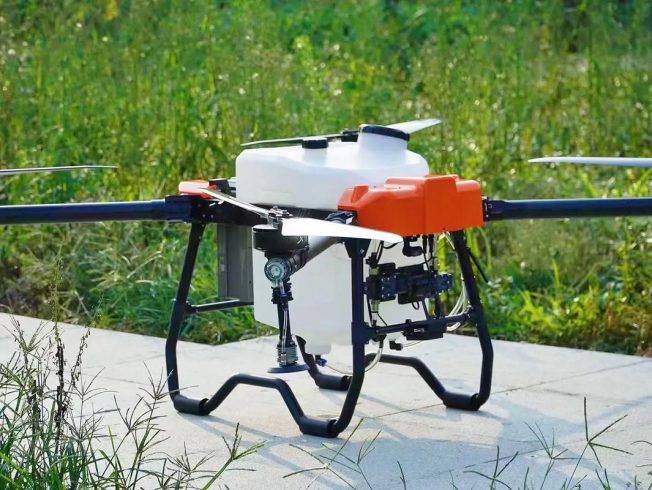
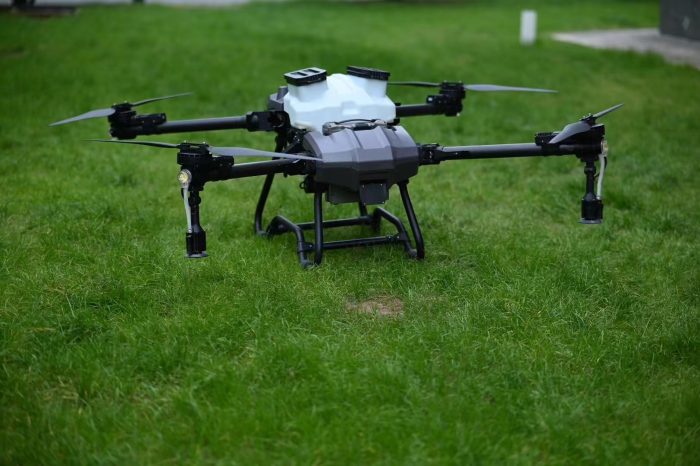
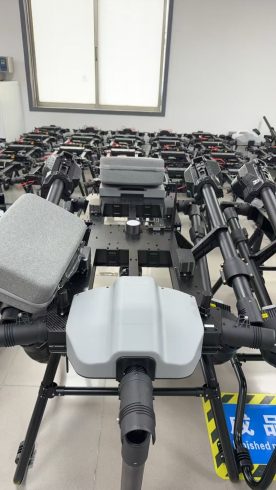
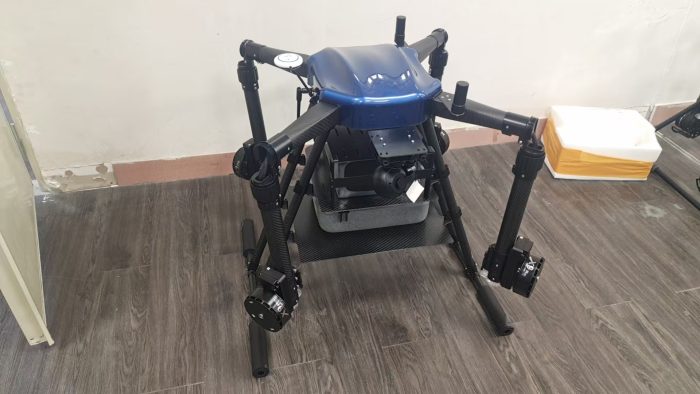
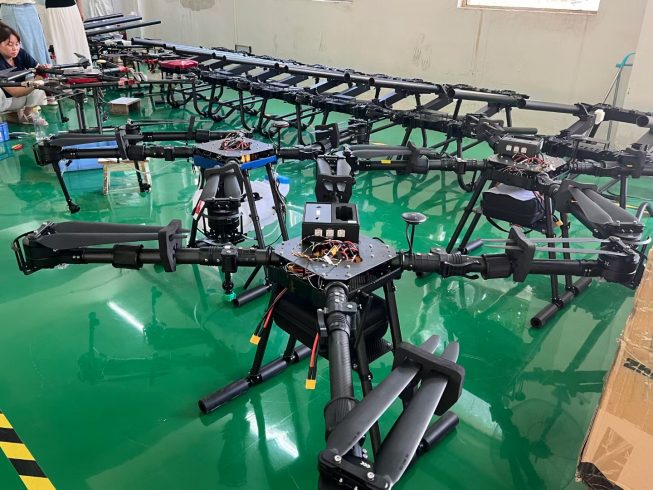
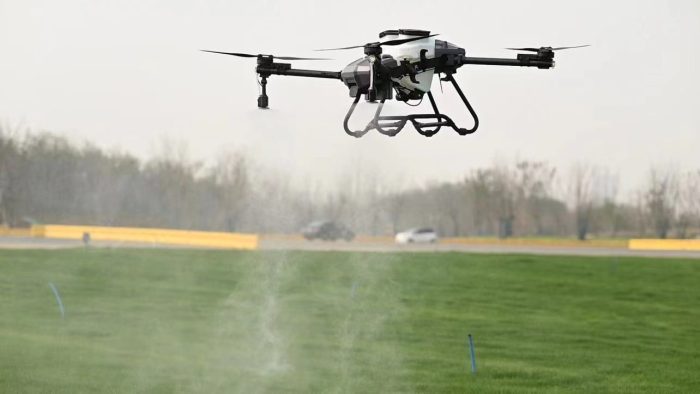

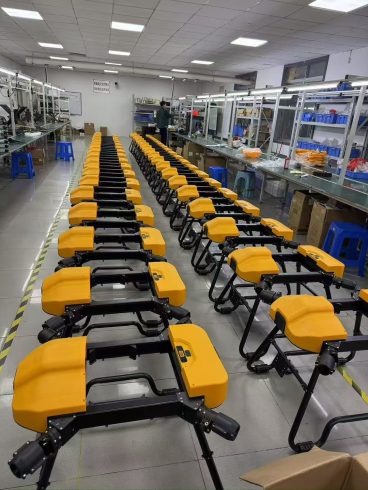


暂无评论内容